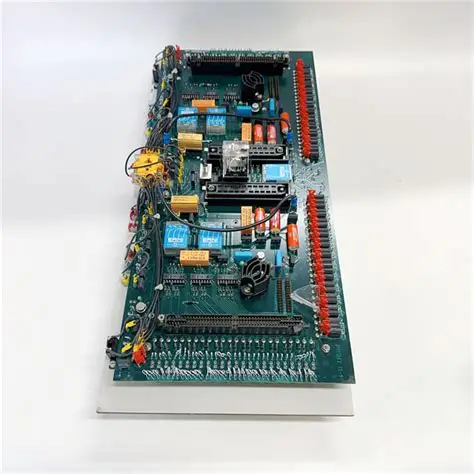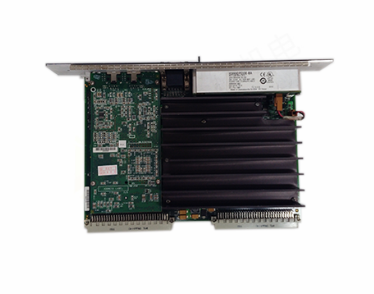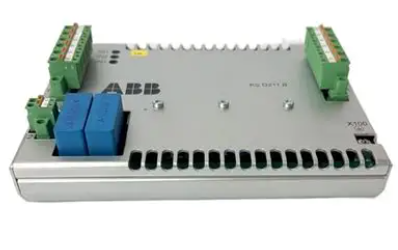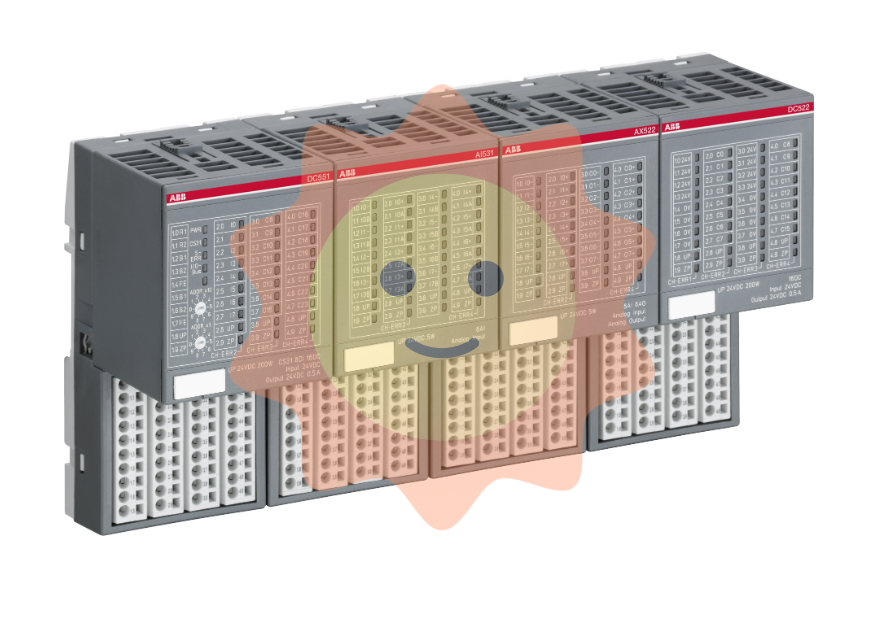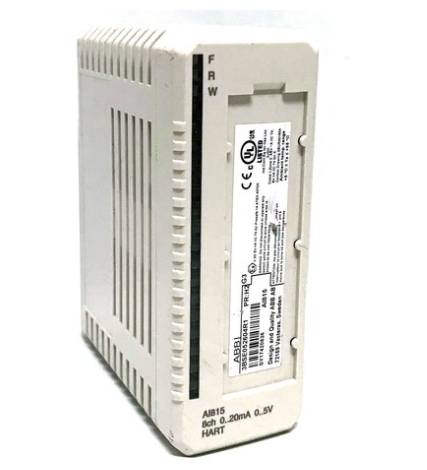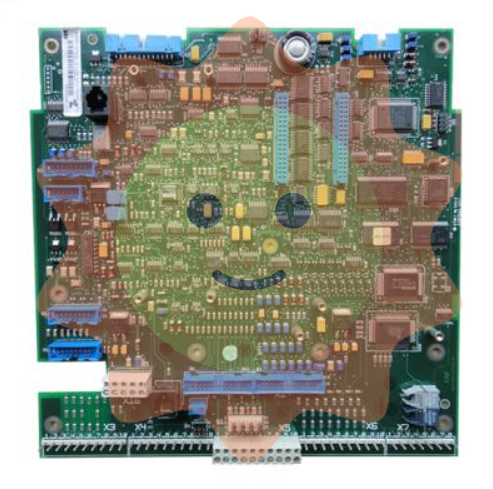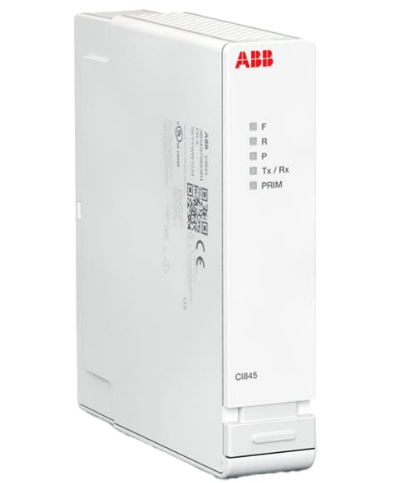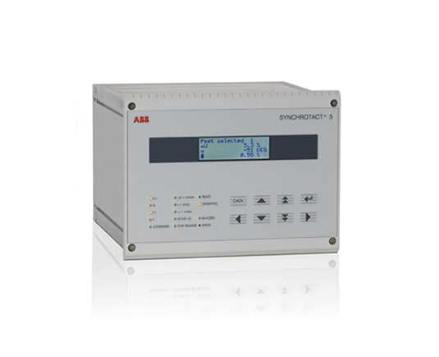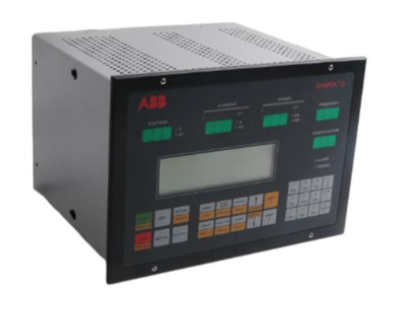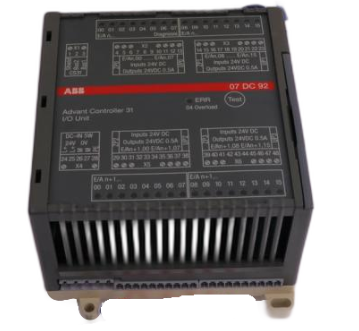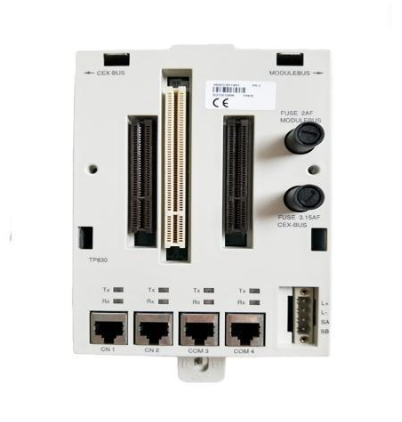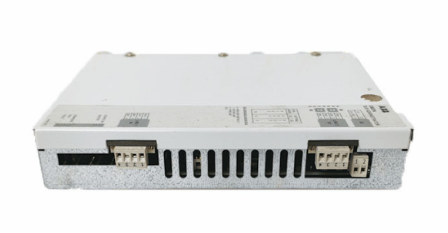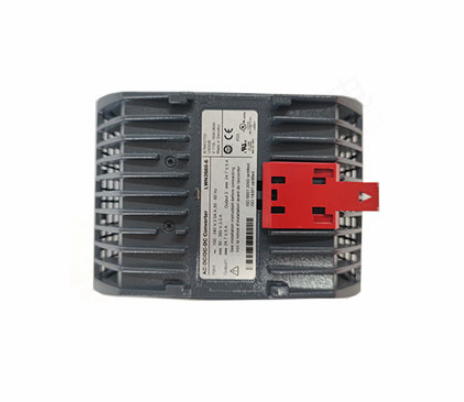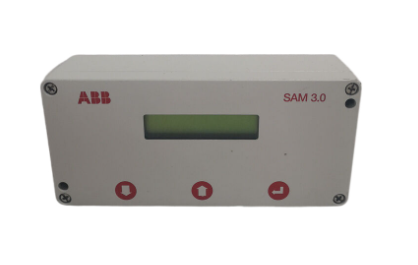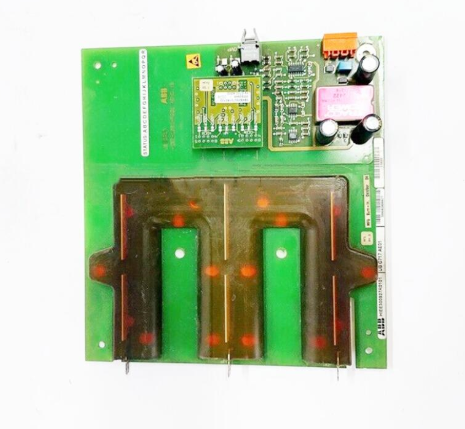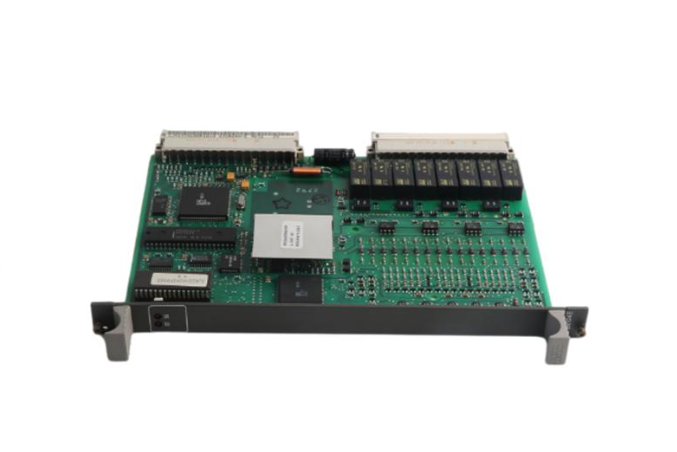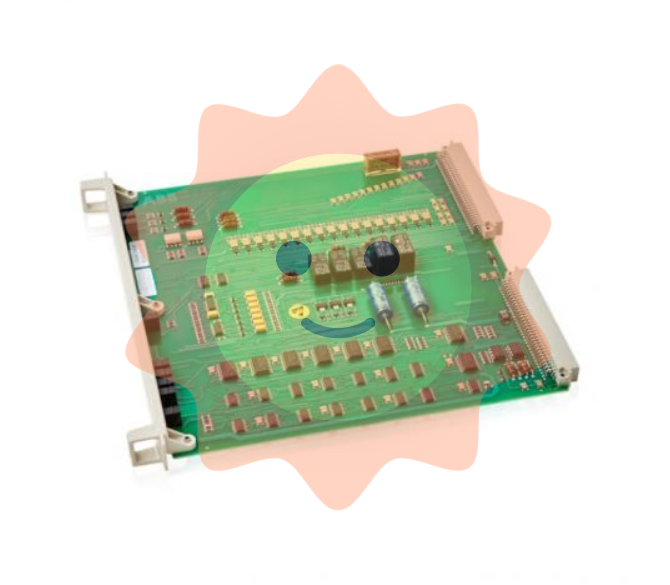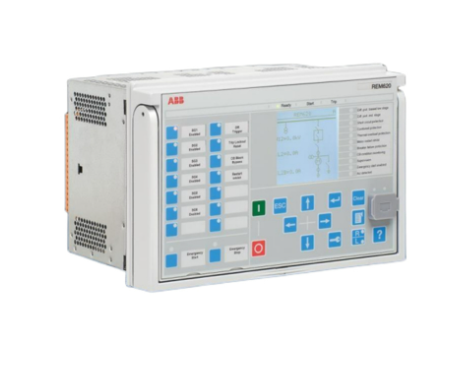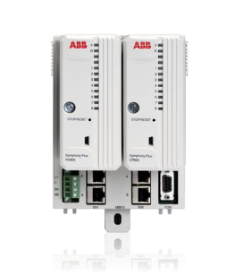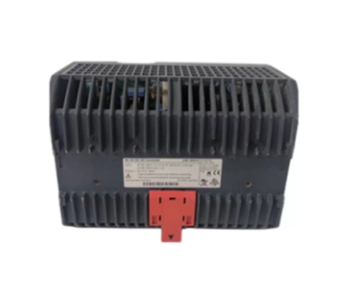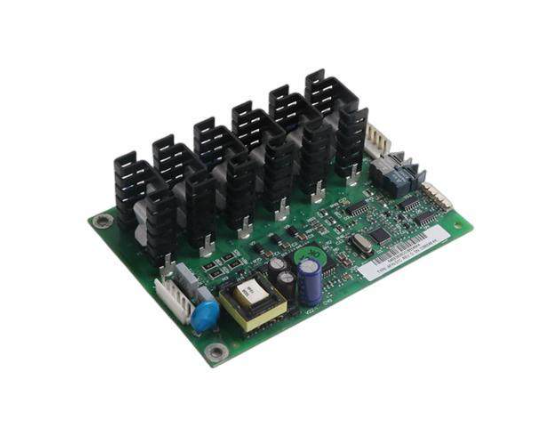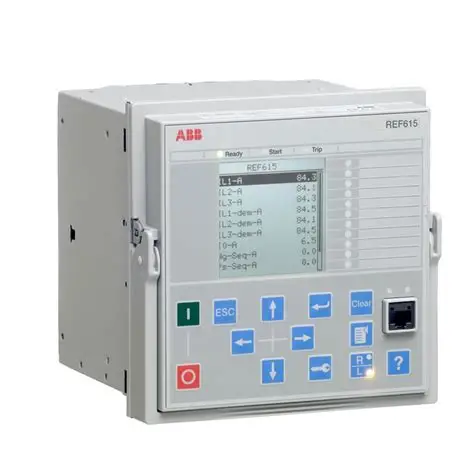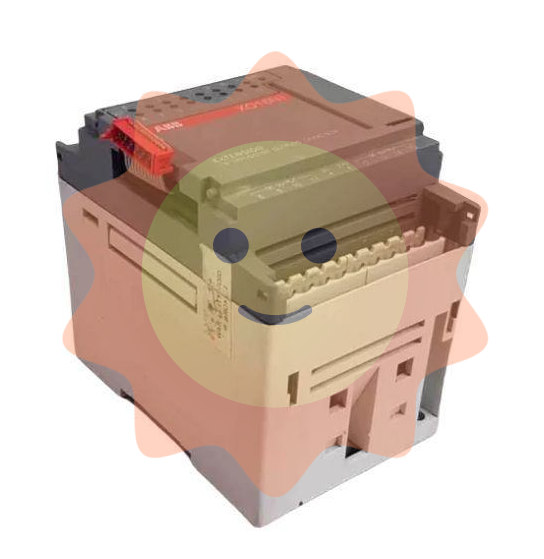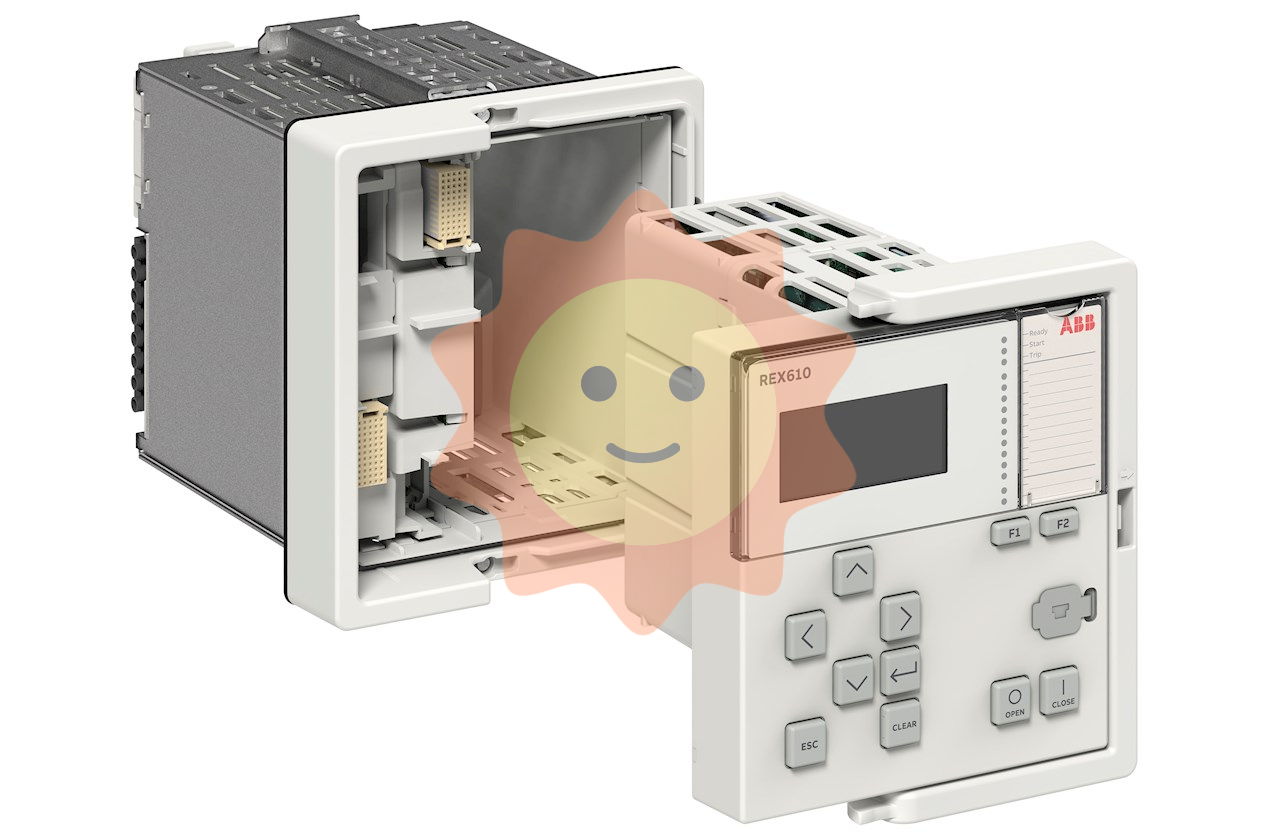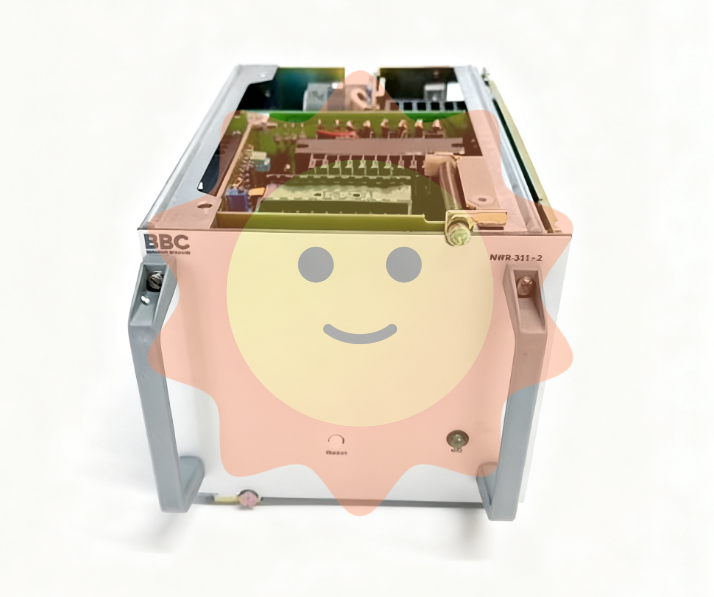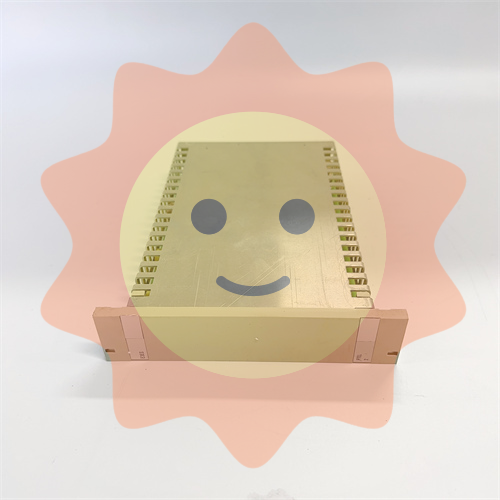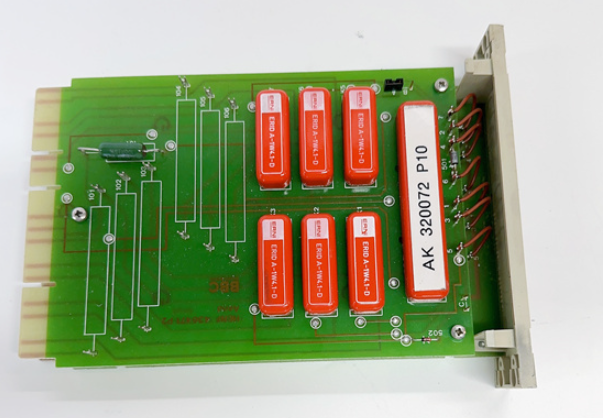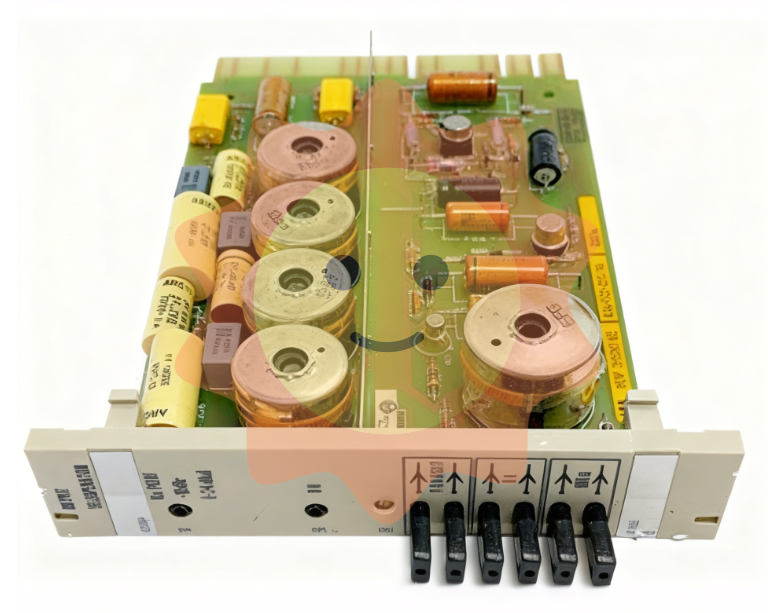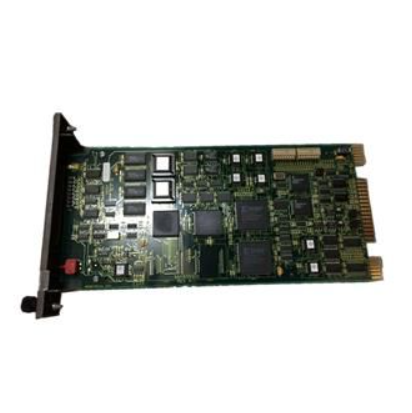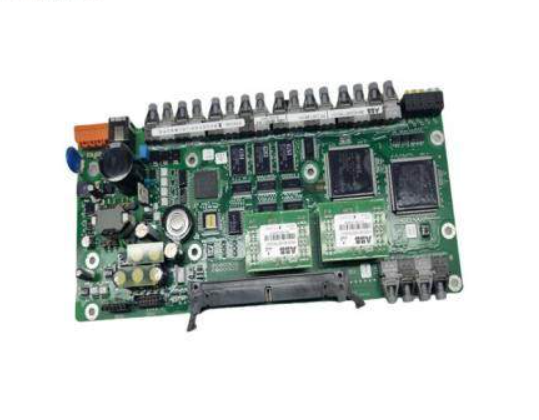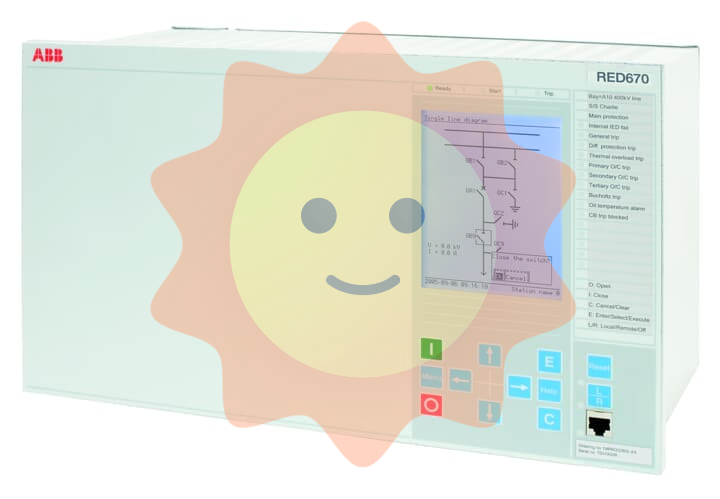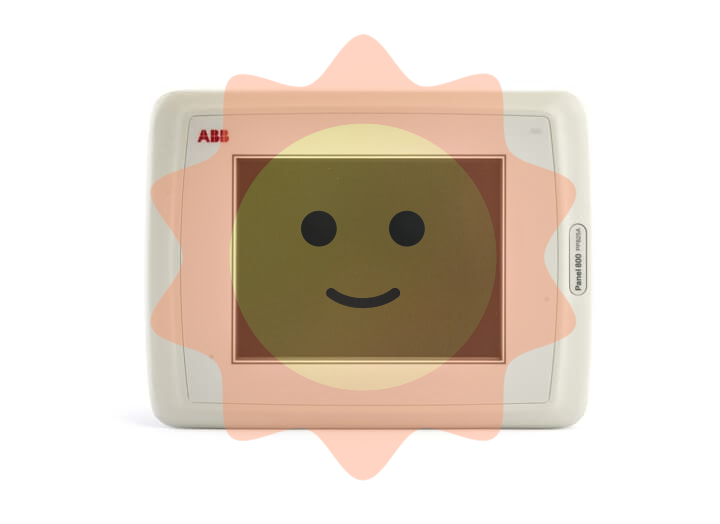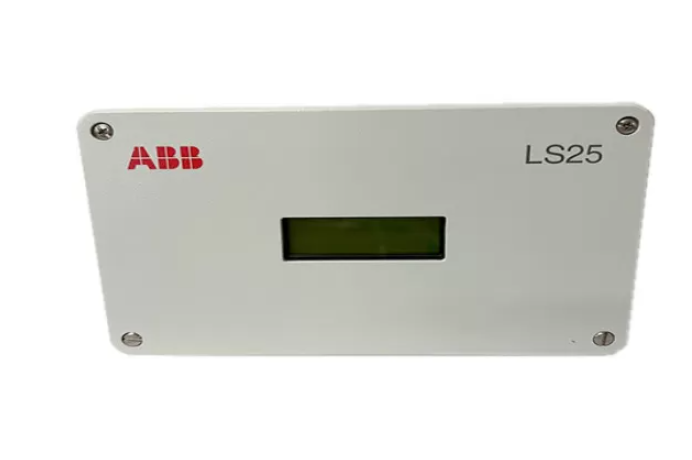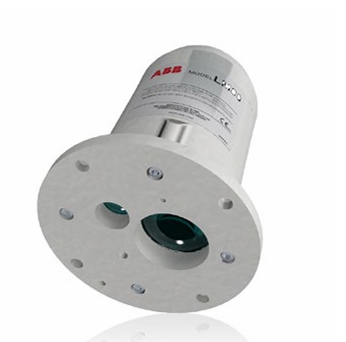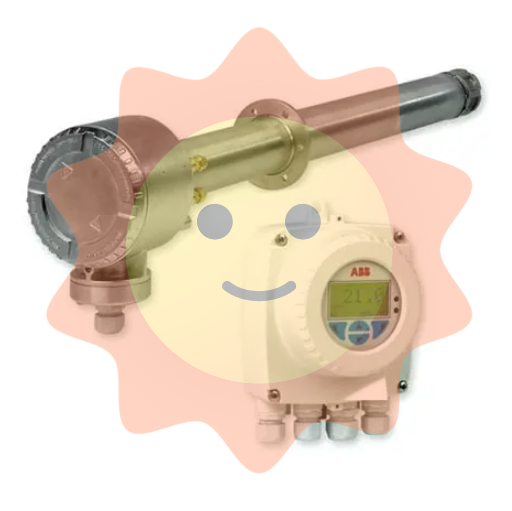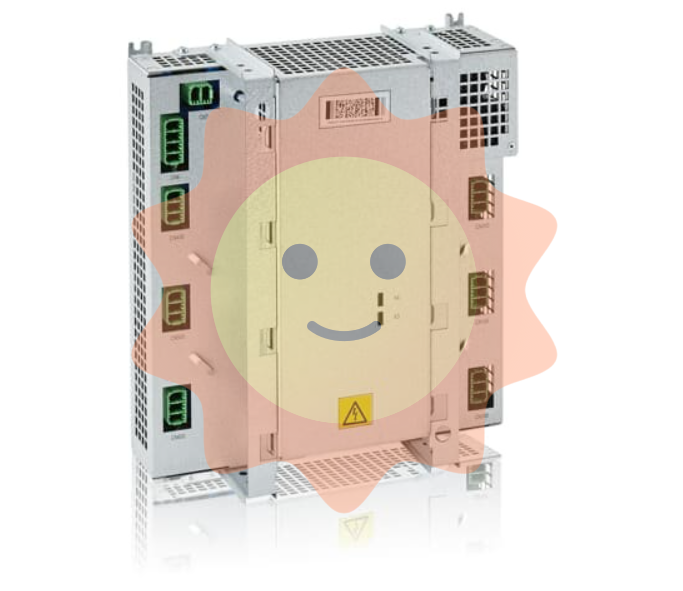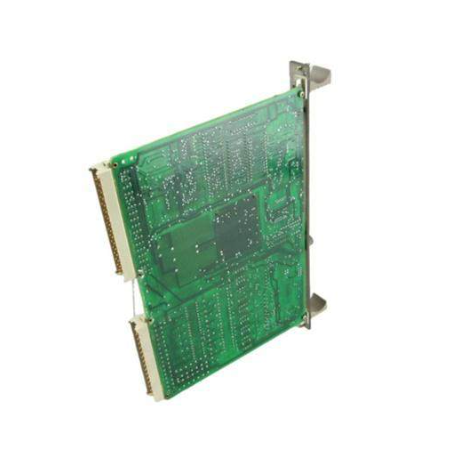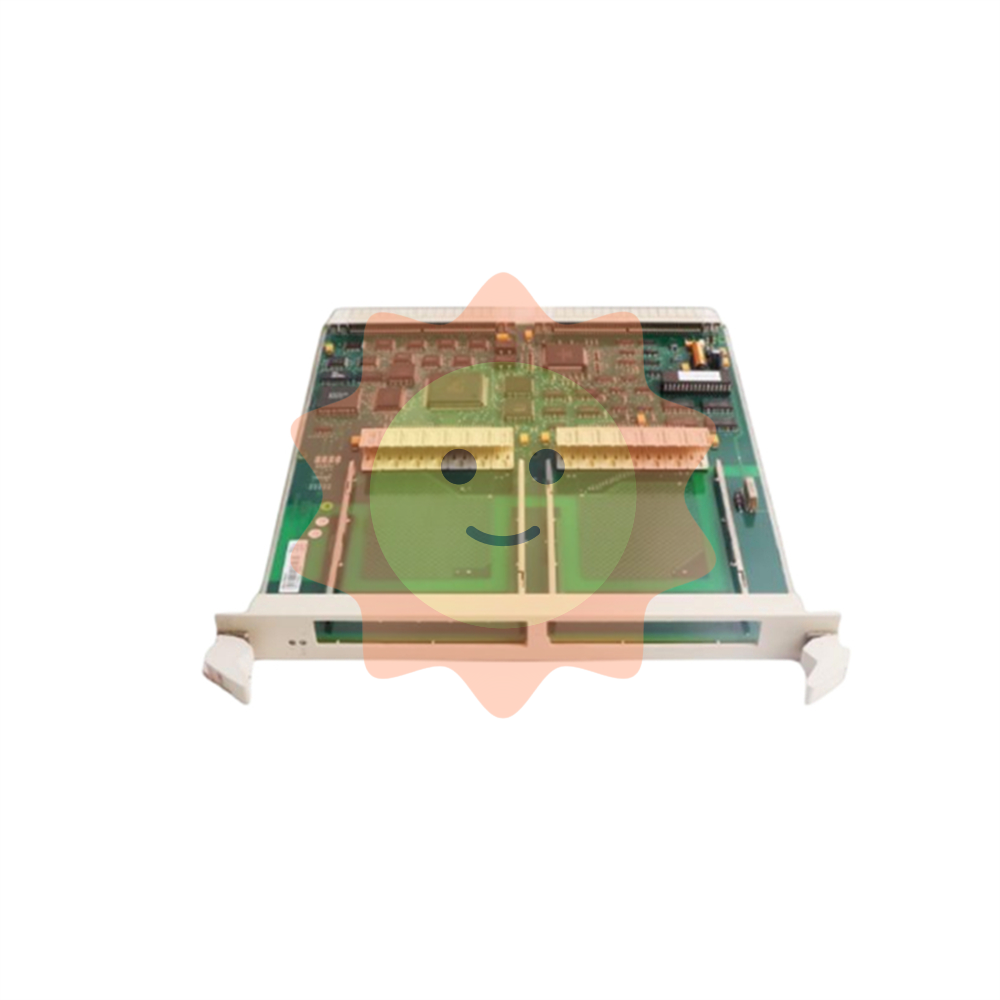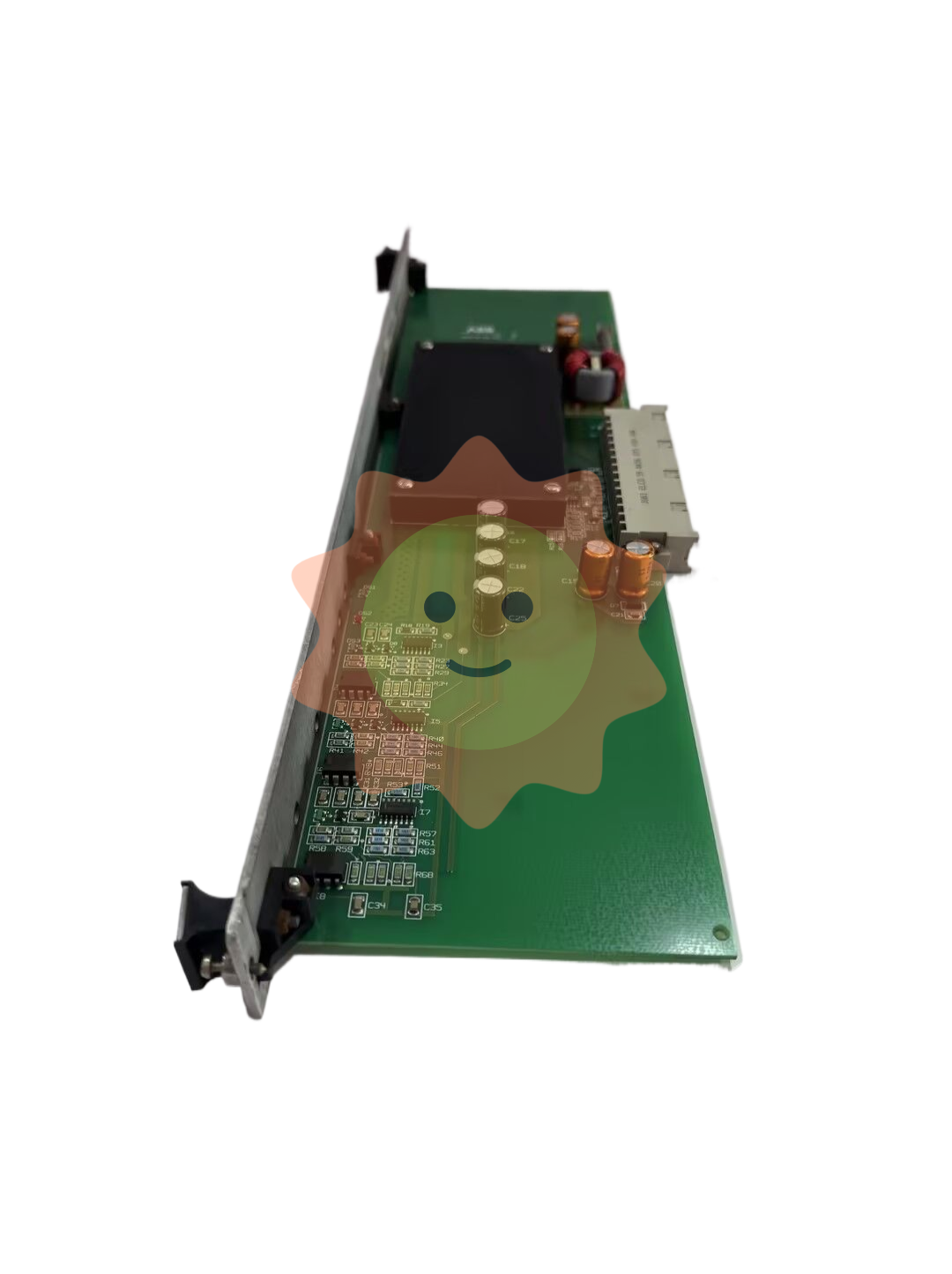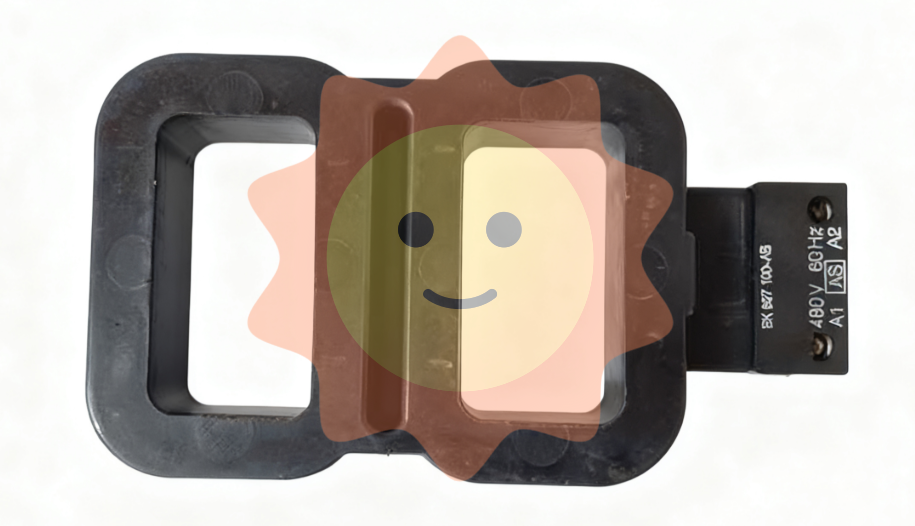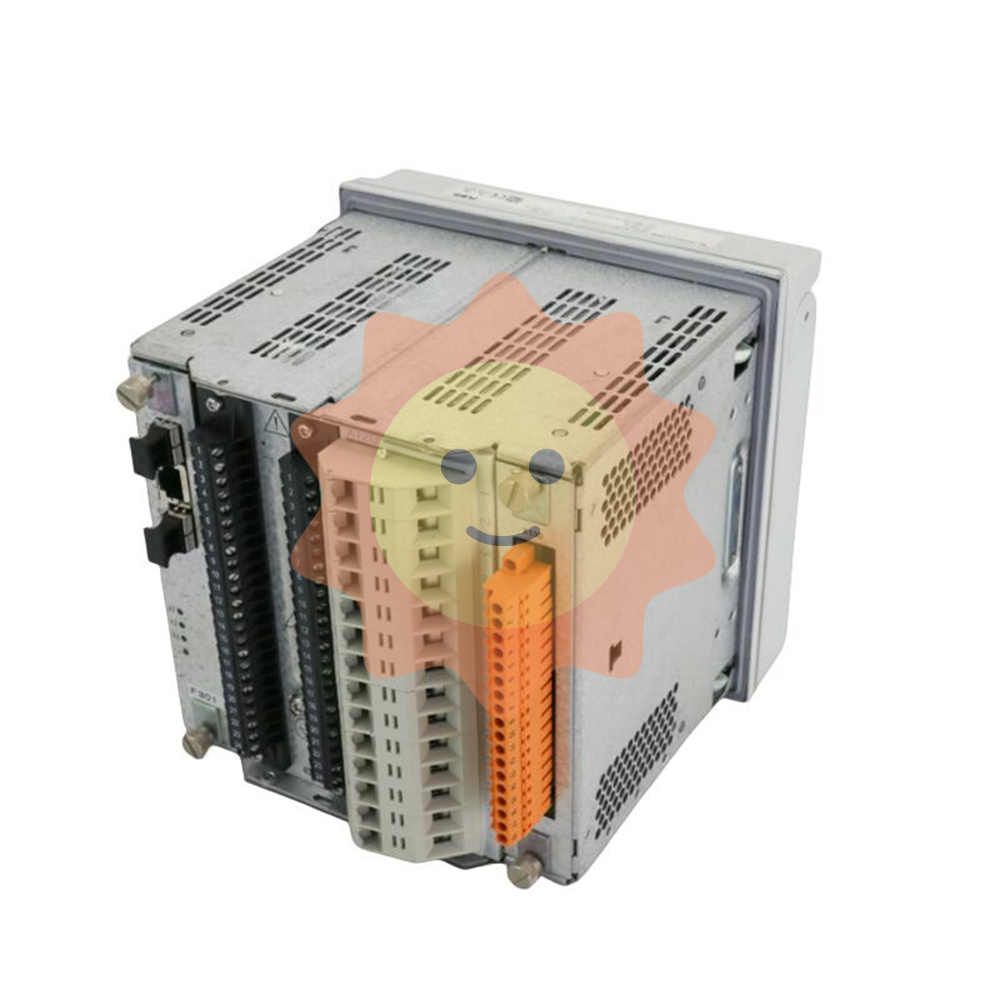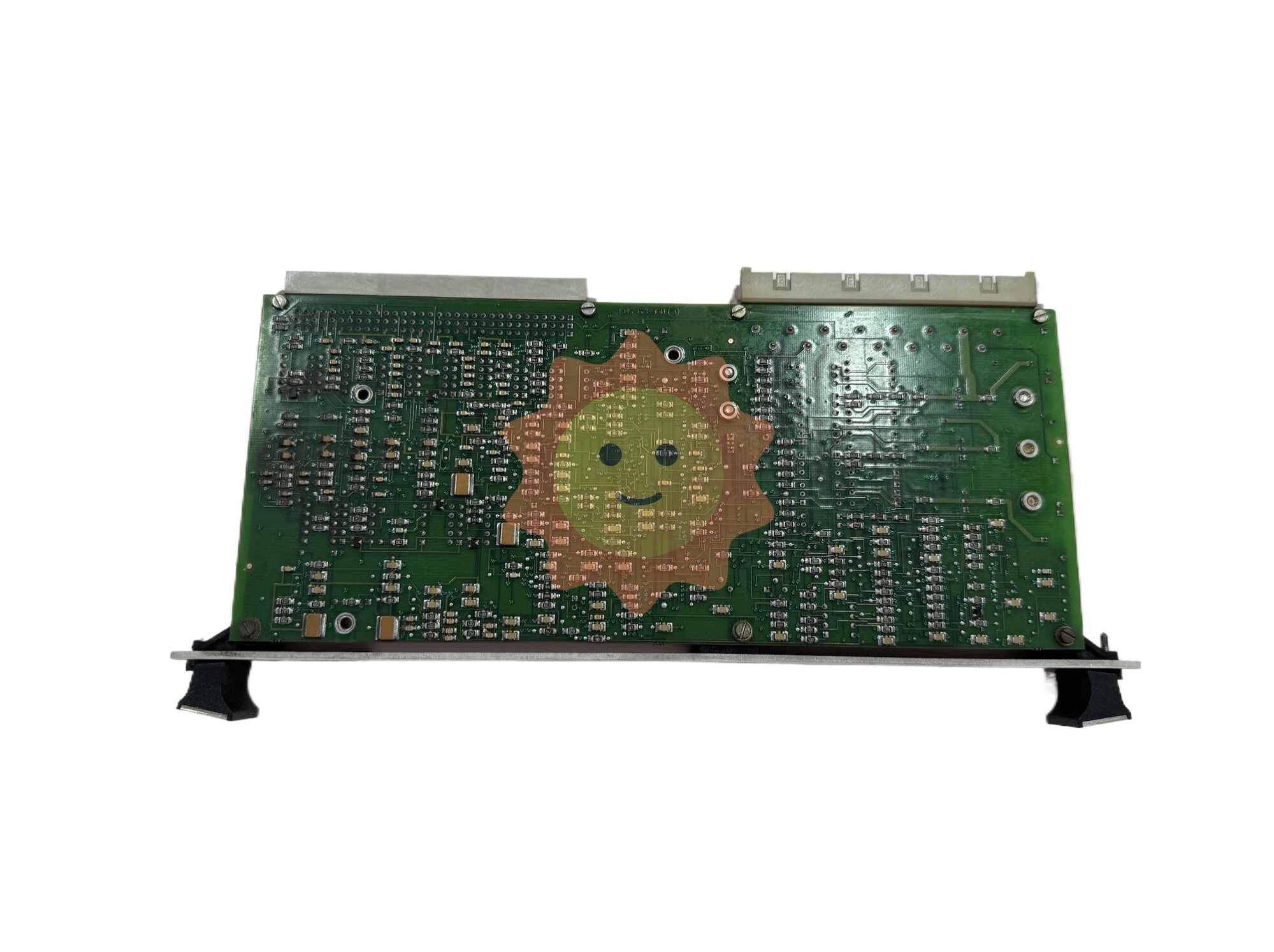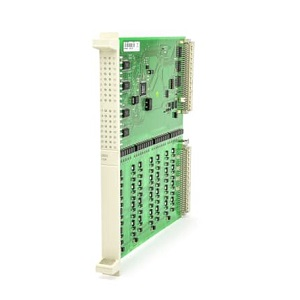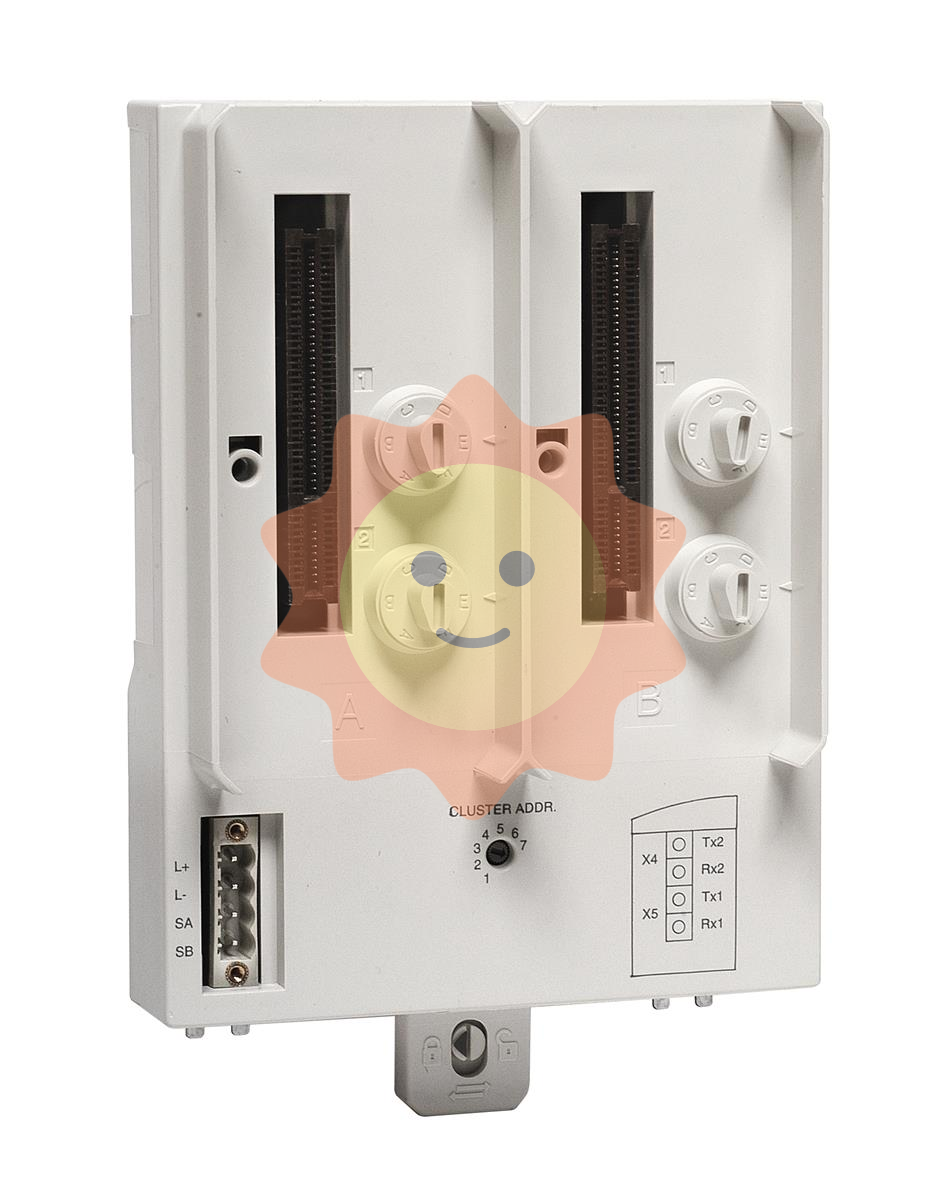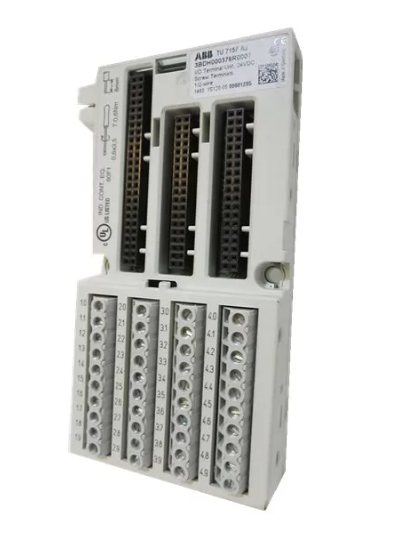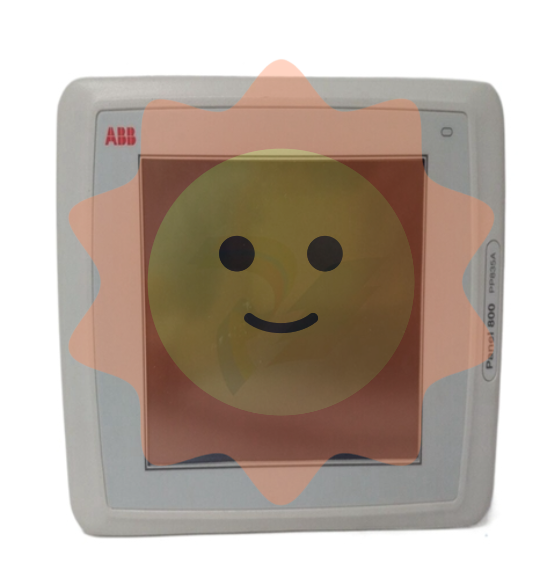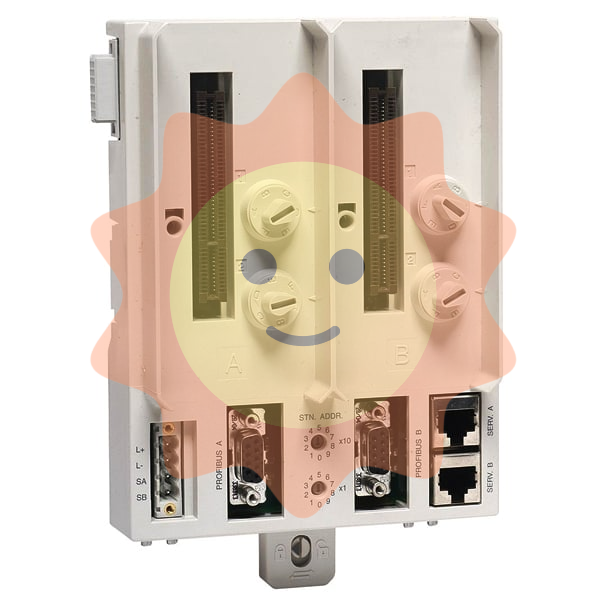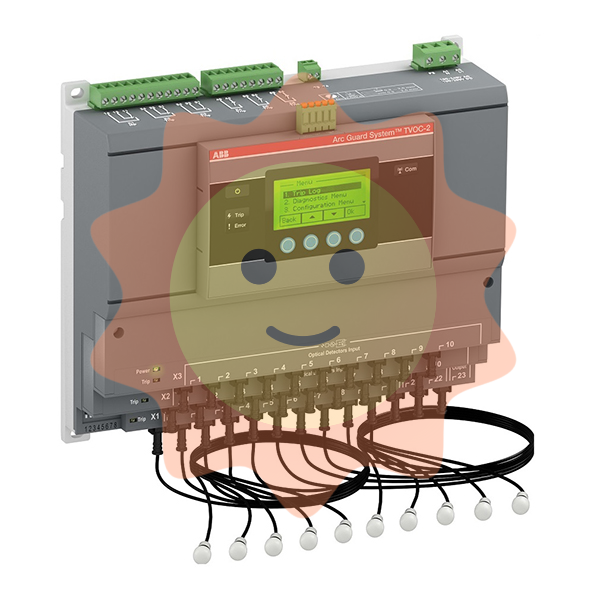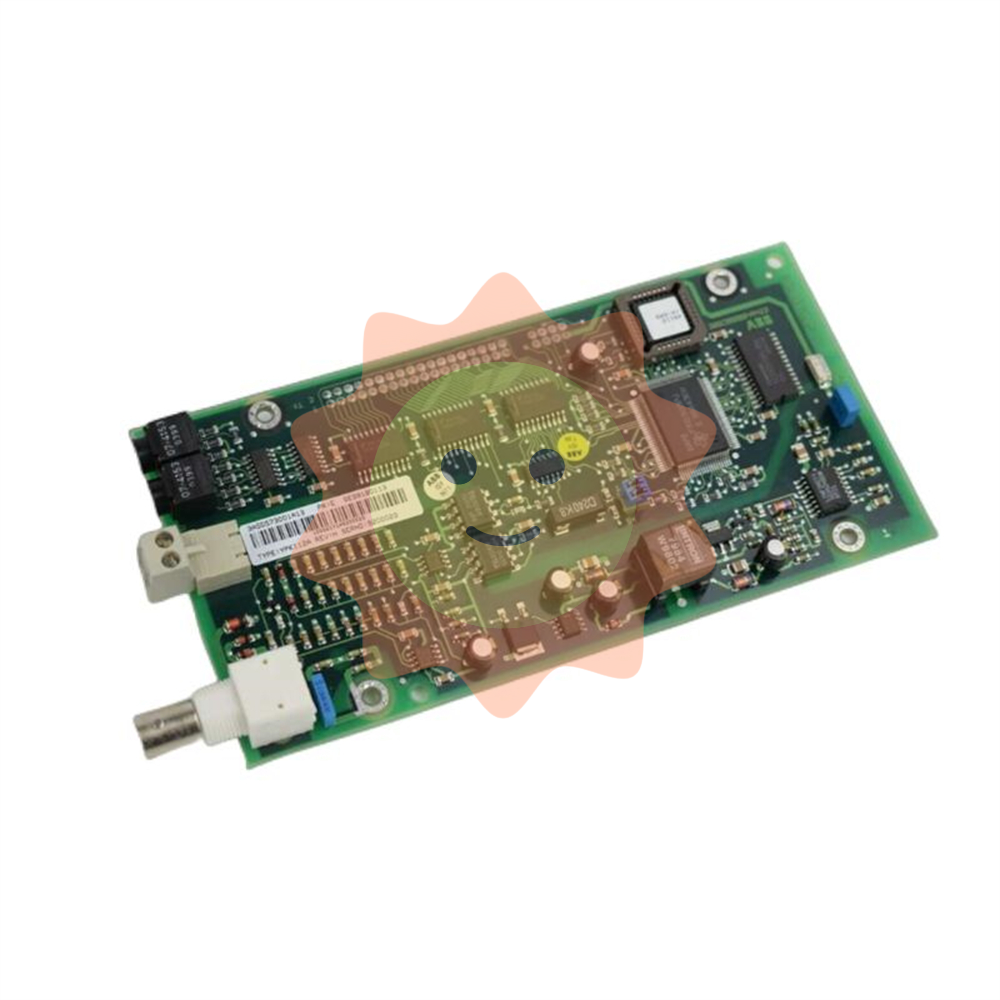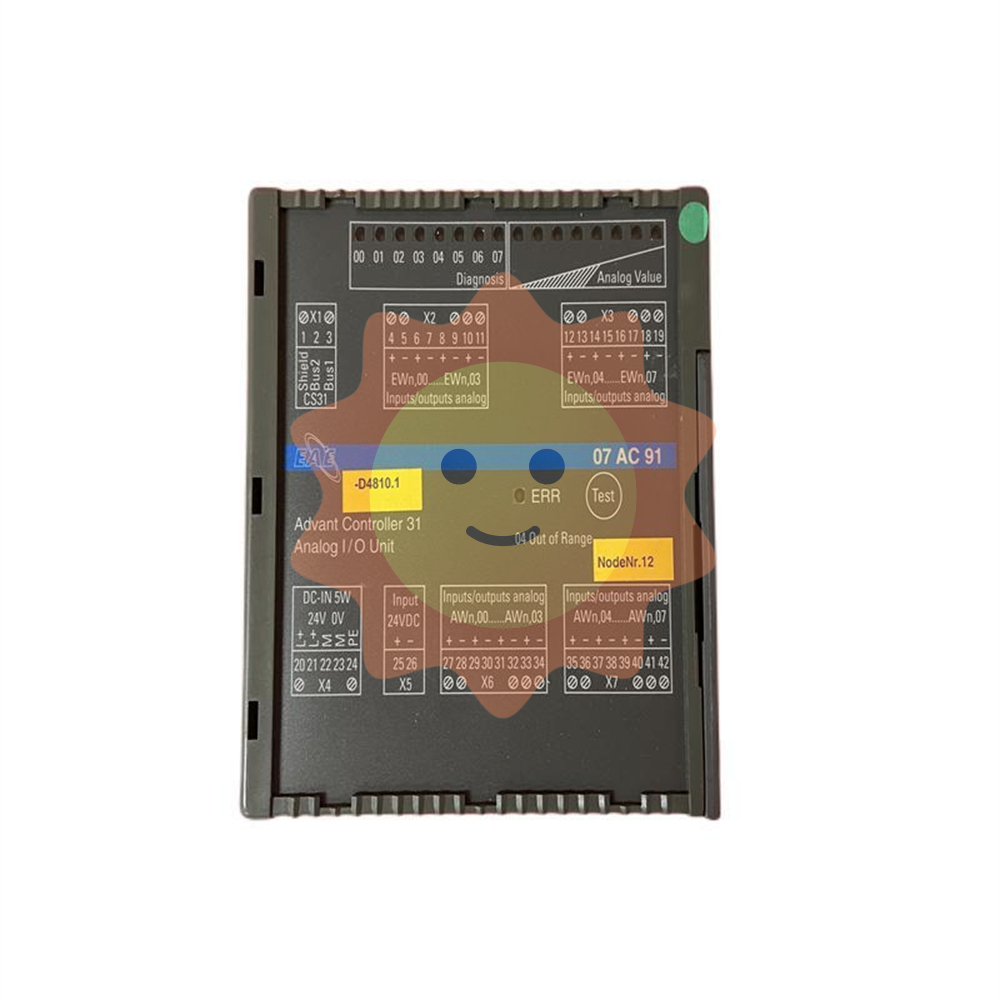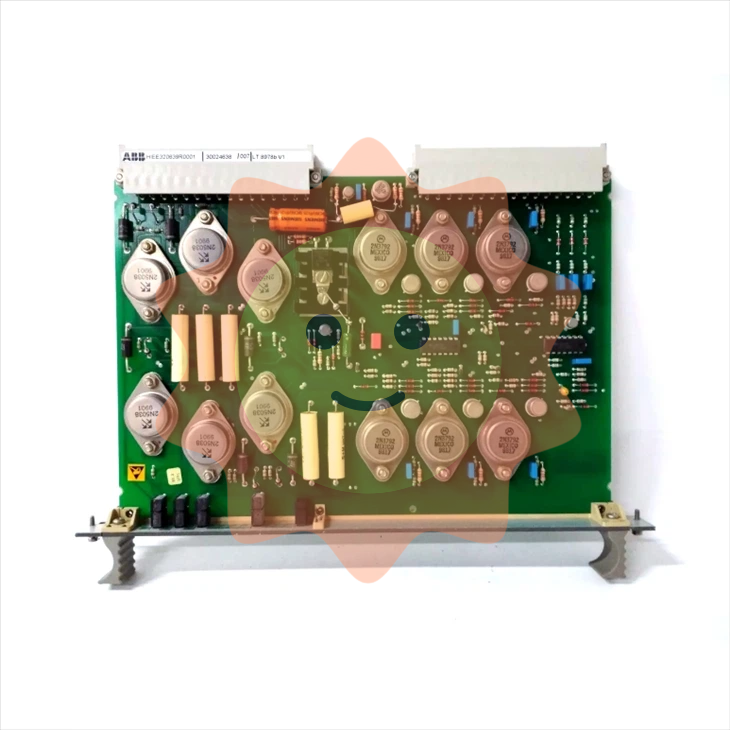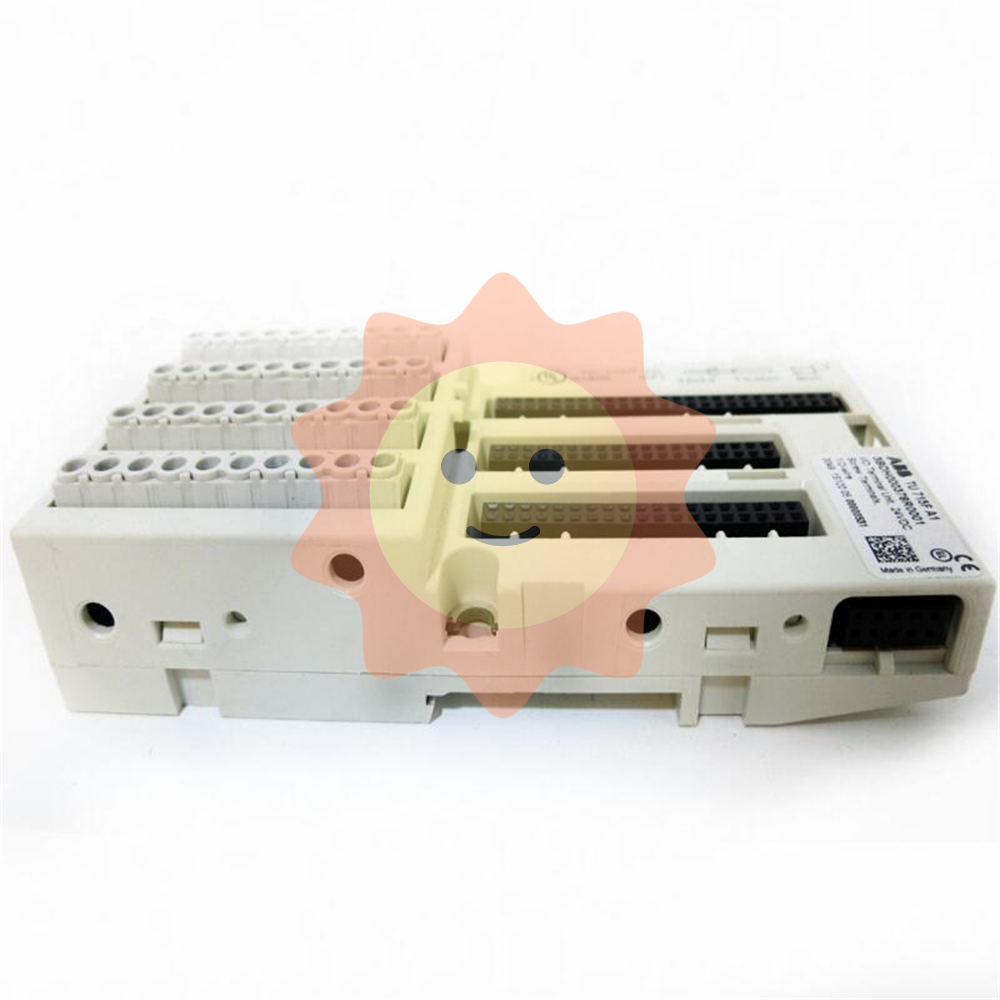Problems faced by sewage treatment
Optimization scheme:
Energy crisis and environmental pollution are a hot issue in the world today. The development of economy inevitably consumes energy, and there are problems of waste discharge and pollution. Therefore, how to achieve lower resource consumption and environmental protection under the premise of ensuring sustainable economic development has become an inevitable transition to achieve sustainable global economic development and harmonious coexistence between human and nature today and in the future, and has epoch-making significance. Today, this consensus exists and is incumbent upon "energy managers."
Countries are making every effort to develop environmental cleaning technology in order to reduce energy consumption and curb excessive damage to the environment. In the United States, scientific research institutions pay particular attention to the research and development of environmental protection technology, a large number of high-tech enterprises have launched related new technologies in the past two years, attracting international attention, and China is gradually moving closer to new technologies of environmental protection cleaning agents. Successfully created a set of water system optimization projects that meet the needs of modern industry, hoping to help users solve many practical problems in the face of today's rising energy, high energy consumption, environmental pressure and other background, so as to achieve substantial cost control and competitiveness improvement.

1, the early control - self-cleaning water filter
Application purpose and value: The implementation of control from the source can maximize the good operation of the system and reduce losses. How it works:
The sewage enters the inlet, where it enters the center of the fine mesh, and then the sewage comes out through the fine mesh and into the outlet.
The excess solids gather on the inner surface of the fine mesh to form a filter cake, which filters out even finer particles, creating a pressure difference. Once the pressure drop reaches the preset level, a cleaning cycle is activated by the control system by opening the cleaning valve atmospheric blowdown and closing the optional control outlet valve (C.O.V.).
Therefore, the pressure drop is in the hydraulic engine room and the assembled vacuum cleaner. The pressure drop creates a backwash that absorbs dust on the screen, similar to a vacuum cleaner. The backwash water passes through the nozzle and vacuum cleaner line before being discharged from the hydraulic motor hole.
The water is removed by a hydraulic motor causing the dust collector to rotate, similar to a spray machine. The pressure drop in the hydraulic engine room further forces the dust collector parts to move on an axis controlled by a hydraulic piston, which in combination ensures that the entire screen area is cleaned at each stage.
2, medium-term prevention - electronic descaling instrument
Application purpose and value: Since a large number of calcium and magnesium ions in the water system are difficult to be effectively treated in the early stage, CO2 is precipitated in the subsequent water system under the action of temperature to produce slightly soluble CaCO3 and MgCO3. As the solubility of CaCO3 and MgCO3 decreases with the rise of temperature, they crystallized out of water and continuously deposited on the surface of equipment systems such as heat exchangers, which has a significant impact on energy consumption and continuity. The application of electronic scale remover can effectively control the generation of more than 90% of the scale, so it means that more than 90% of the energy loss is reduced, while ensuring continuous production to the maximum extent.
Working principle: The basic principle of the electronic descaler is to change the physical molecular structure that causes the formation of pipe scale, use magnetic composite ripples to change the surrounding environment conditions to crush the bonds between electric ions, and make them synthesize stable non-pipe scale substances. The principle of Decor's action is different from any previous physical and chemical descaling method, and its core is a modulated signal generator. Using a unique integrated circuit and signal processing technology, a modulation signal of complex frequency is generated, and the modulated signal is added to the pipeline through the signal cable, and a molecular force dynamic interference field (ADDMF signal field) is generated inside the pipeline, which acts on the fluid in the pipeline and the dissolved salt molecules in it, producing a nucleation effect.

3. Deal with it later
Because very few calcium and magnesium ions are not controlled within the scope of the magnetic scale remover, very little scale will accumulate on the surface after a long period; Or, some equipment systems for some reason failed to achieve the use of electronic scaling instrument;
As the equipment prevention stage, the self-cleaning filter can prevent the accumulation of impurities and particles in the heat exchanger, and has a good removal effect on the substances that can be seen by the naked eye. It can filter out algae, sand, silt, rust sheets, pipe scale and other debris contained in the raw water, thus effectively preventing the generation of scale crystal nuclei. Protects downstream equipment such as heat exchangers, nozzles, instruments, pump seals, air compressors, I.E. Safe and continuous operation of R.O. equipment, etc.;
As the equipment optimization stage, the electronic scale removal instrument can prevent the formation of carbonate scale, and can effectively kill bacteria and algae, rust and corrosion prevention, but also has a good scale removal effect, to ensure that the equipment with the lowest power consumption continuous operation;
Living water:
Domestic sewage treatment
Domestic sewage treatment equipment is mainly used for the purification of domestic sewage in hotels, restaurants, schools, organs and factories, so that the treated sewage can meet the discharge standards stipulated by the state.
Process features:
1, the use of water acidification and biological contact oxidation combined method, effectively improve the treatment effect, completely up to the standard discharge.
2, the amount of sludge generated is small, the sludge generated at each stage can be reflux digestion, and the final sludge is regularly extracted.
3, the equipment can be organically combined, located under the surface or in the basement, can also be buried. When buried in the ground, the top of the equipment can be used as a parking lot or green lawn, in harmony with the surrounding environment.
4, high degree of equipment automation, reduce the workload of operation.
5, low noise, no odor, no impact on the surrounding environment.

Boiler water:
Processing characteristics
Boiler water treatment does not require complex equipment, so the investment is small, the cost is low, and the operation is convenient.
Boiler dosing treatment is the most basic water treatment method, and it is also the continuation and supplement of chemical water treatment outside the pot. After the external water treatment may also have residual hardness, in order to prevent boiler scaling and corrosion, still add a certain water treatment agent.
Boiler water treatment can not completely prevent boiler scaling, especially the generated dirt scale, which is easy to form secondary scale when the sewage is not timely.
Boiler dosing treatment method has no pollution to the environment, it is not like ion exchange and other water treatment methods, how many impurities are treated in natural water, how many impurities are discharged after regeneration, and also discharge a large number of remaining regenerants and regenerated products. The boiler dosing treatment method is to turn the main impurities in the water into insoluble dirt, which will not cause pollution to nature.
The formula used in the boiler dosing method needs to match the feed water quality. When the feed water hardness is too high, a large amount of water slag will be formed and the scaling speed of the heat transfer surface will be accelerated. Therefore, it is generally not suitable for high hardness water.

Analysis of problems:
1, water treatment technology is not advanced enough
China's water treatment technology is backward, in addition to the slow development of reasons, there is a certain gap between the level of science and technology and advanced countries, and the effective use of water resources is not as good as developed countries. For example, in the 1990s, China's industrial water recycling rate was only about 40 percent, only equivalent to the level of the United States in the early 1970s. Moreover, China's sewage treatment rate is below 40 percent. Backward water treatment technology makes our country unable to effectively use the limited water resources, resulting in a lot of waste.
2. Serious water pollution
According to the investigation, nearly 80 percent of China's rivers have been polluted to varying degrees, and the vast majority of rivers flowing through China's large and medium-sized cities are polluted, and nearly 80 percent are seriously polluted. What's more, the groundwater pollution in most large and medium-sized cities of our country is also very serious. With the improper use of pesticides, the source of some rivers is polluted, which in turn causes the entire river to escape, causing pollution from the point to the surface, from the main stream to the tributaries in a spider web.
3, the lack of water treatment technical personnel
Water treatment has become an issue of global attention, however, China has not set up relevant majors to train professional water treatment technical personnel. The reason is that water treatment technology involves too many disciplines and fields, such as chemistry, physics, biology, environment and so on. Moreover, water treatment technology needs to be combined with practice and dependent on high-tech science and technology, so it is difficult to clearly give basic theories, and it is difficult to teach and improve students' cognition.

The prospect of water treatment technology in China
As environmental problems become more and more serious, environmental protection has gradually entered the country's vision. At the same time, a lot of water treatment technology has also been made great progress, in general, that is high efficiency, simple and convenient, low energy consumption.
1. Adhere to the path of sustainable development
While it is important to protect the environment, we should not put the economy on hold and hinder its development. In order to coordinate the relationship between the two, government departments can actively encourage enterprises to raise funds, and vigorously build sewage treatment plants and increase the intensity of sewage purification while ensuring economic development.
2. Build an environmentally friendly and efficient sewage treatment plant
Perhaps many people do not know that sewage treatment plants also produce waste gas and sludge. If we ignore it, it will cause secondary pollution. Therefore, we can take certain treatment methods to remove the exhaust gas. For example, we can purify the exhaust gas produced by treating sewage by means of deodorizing burners. Perhaps wait three or five years, or ten years later, when the environmental protection technology becomes mature, the treatment method of waste gas sludge is more scientific and reasonable, so that the sewage treatment plant becomes the number one role in eliminating pollution!
In the construction of sewage treatment plants, we can not but consider the cost, can not not consider the speed of resource consumption. Therefore, we should also vigorously develop water treatment technology, hoping to research low energy consumption, high efficiency treatment technology. This will not only reduce costs, but also improve the water quality, thereby improving the environment in which we live.

3. Change the operation mechanism of sewage treatment plants
Although the construction of sewage treatment plants is inseparable from improving the water resources environment, if the factory is always allowed to operate regardless of the cost, it is estimated that no one is willing to. Therefore, if we transform the institutional mechanism of sewage treatment plants into a business model, so that they can also have certain economic benefits, will the treatment effect of sewage treatment plants be improved? Because once converted to a business model, sewage treatment plants will certainly find ways to improve their sewage treatment methods and improve water quality. In this way, they will be stimulated to actively participate in the improvement of water treatment research, and actively promote the improvement of water treatment technology.
4. Improve the reuse rate of recycled water
Sewage treatment does not have to meet the requirements of drinking, because some production water standards are not so high. Therefore, when the sewage has been treated, it can be used if it can meet some use requirements, and there is no need to purify it. This can not only realize sewage reuse, but also save treatment costs and improve water treatment efficiency. With the continuous updating of science and technology, the technology of sewage treatment will surely be more mature, and the scope of application will be broader, and it may be applied to many aspects such as agriculture, industry, and life.
5, proper disposal of sludge
After sewage treatment, a certain amount of sludge is often produced. Some of this sludge may contain toxins such as heavy metals, but it is not without merit. As long as we analyze the components of the sludge, we can naturally find a proper treatment method, so that they also have the value of use, to achieve the purpose of effective use and resource conservation.
- EMERSON
- Honeywell
- CTI
- Rolls-Royce
- General Electric
- Woodward
- Yaskawa
- xYCOM
- Motorola
- Siemens
- Rockwell
- ABB
- B&R
- HIMA
- Construction site
- electricity
- Automobile market
- PLC
- DCS
- Motor drivers
- VSD
- Implications
- cement
- CO2
- CEM
- methane
- Artificial intelligence
- Titanic
- Solar energy
- Hydrogen fuel cell
- Hydrogen and fuel cells
- Hydrogen and oxygen fuel cells
- tyre
- Chemical fiber
- dynamo
- corpuscle
- Pulp and paper
- printing
- fossil
- FANUC
- Food and beverage
- Life science
- Sewage treatment
- Personal care
- electricity
- boats
- infrastructure
- Automobile industry
- metallurgy
- Nuclear power generation
- Geothermal power generation
- Water and wastewater
- Infrastructure construction
- Mine hazard
- steel
- papermaking
- Natural gas industry
- Infrastructure construction
- Power and energy
- Rubber and plastic
- Renewable energy
- pharmacy
- mining
- Plastic industry
- Schneider
- Kongsberg
- NI
- Wind energy
- International petroleum
- International new energy network
- gas
- WATLOW
- ProSoft
- SEW
- wind
- ADVANCED
- Reliance
- YOKOGAWA
- TRICONEX
- FOXBORO
- METSO
- MAN
- Advantest
- ADVANCED
- ALSTOM
- Control Wave
- AB
- AMAT
- STUDER
- KONGSBERG
- MOTOROLA
- DANAHER MOTION
- Bently
- Galil
- EATON
- MOLEX
- Triconex
- DEIF
- B&W
- ZYGO
- Aerotech
- DANFOSS
- KOLLMORGEN
- Beijer
- Endress+Hauser
- MOOG
- KB
- Moxa
- Rexroth


Email:wang@kongjiangauto.com

